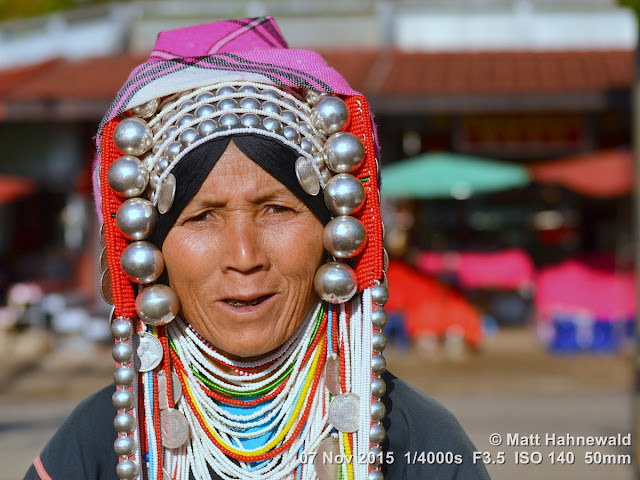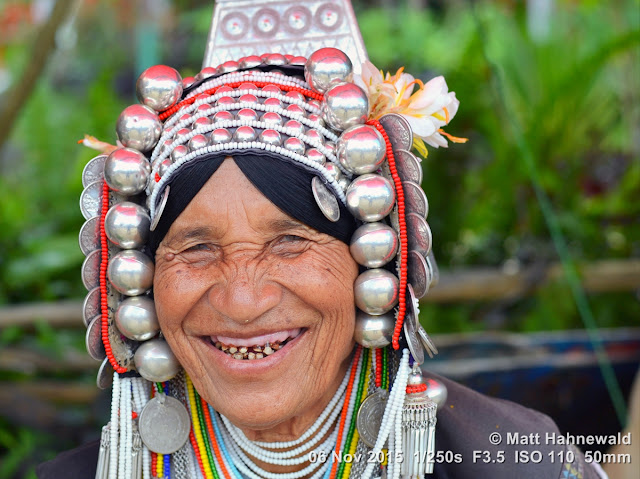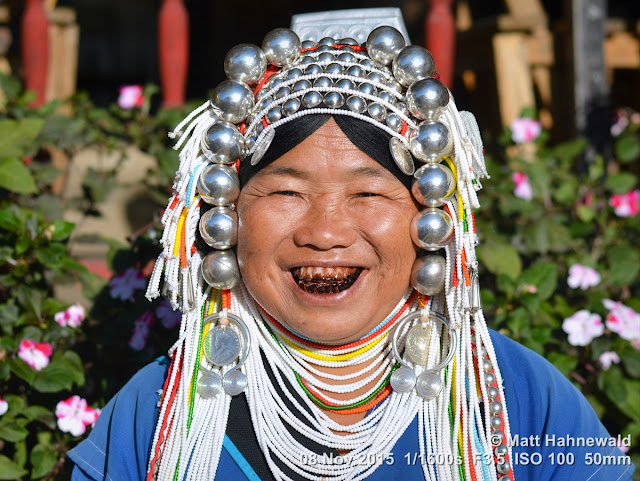The
Akha are an indigenous hilltribe who live in small villages at
higher elevations in the mountains of Thailand, Burma, Laos, and Yunnan Province in
China. They made
their way from China into Southeast Asia during the early 20th century CE.
Civil war in Burma and Laos resulted in an increased flow of Akha immigrants
and there are now some 80,000 living in Thailand's northern provinces of Chiang Rai and Chiang Mai
where they constitute one of the largest of the six major Thai hilltribes (Akha, Karen, H'mong/Miao, Yao/Mien, Lisu, and Lahu/Musoe).
Due to rapid social and economic changes in the regions the
Akha inhabit, attempts to continue many of the traditional aspects of Akha life
are increasingly difficult. Despite these challenges, Akha people practice many
elements of their traditional culture and religion (animism, with an emphasis on ancestor worship) with much success. The Akha society
lacks a strict system of social class and is considered egalitarian. Respect is
typically accorded with age and experience. Ties of patrilineal kinship and
marriage alliance bind the Akha within and between communities. Village
structures may vary widely from the strictly traditional to the more westernised,
depending on their proximity to modern towns like Mae Salong. Like many of the
hilltribes, the Akha build their villages at higher elevations in the
mountains, mostly along mountain ridges or on steep slopes from 1,000 m to 1,500 m in altitude.
The traditional form of subsistence for the Akha people has
been, and remains, agriculture. The Akha grow a variety of crops including
corn, soybeans and vegetables. Rice is the most significant crop and is prominent in
much of Akha culture and ritual. Most Akha plant dry-land rice, which depends
solely on rainfall for moisture, but in some villages irrigation has been built
to water paddy fields. Historically, some Akha villages cultivated opium, but
production diminished after the Thai government banned its cultivation.
Although primarily subsistence farmers, the Akha have long
been involved in cash cropping and trade. In the last century, cotton and opium poppies were the principal cash crops. One or more families in a village
may operate a small shop in their home selling items such as cigarettes and sweets. Increasingly, the Akha find themselves in the business
of tourism, specifically ethnotourism. Tourists pay a fee to Akha villages to be
allowed to witness and participate in everyday Akha life. In addition to
opening the village for visiting tourists, the Akha also sell their tribal handicrafts.
High-res portrait photographs with full exif data, precise geotags and technical details in Matt Hahnewald's












1 comment:
Beautiful images... and your story telling through portraits is captivating.
Post a Comment